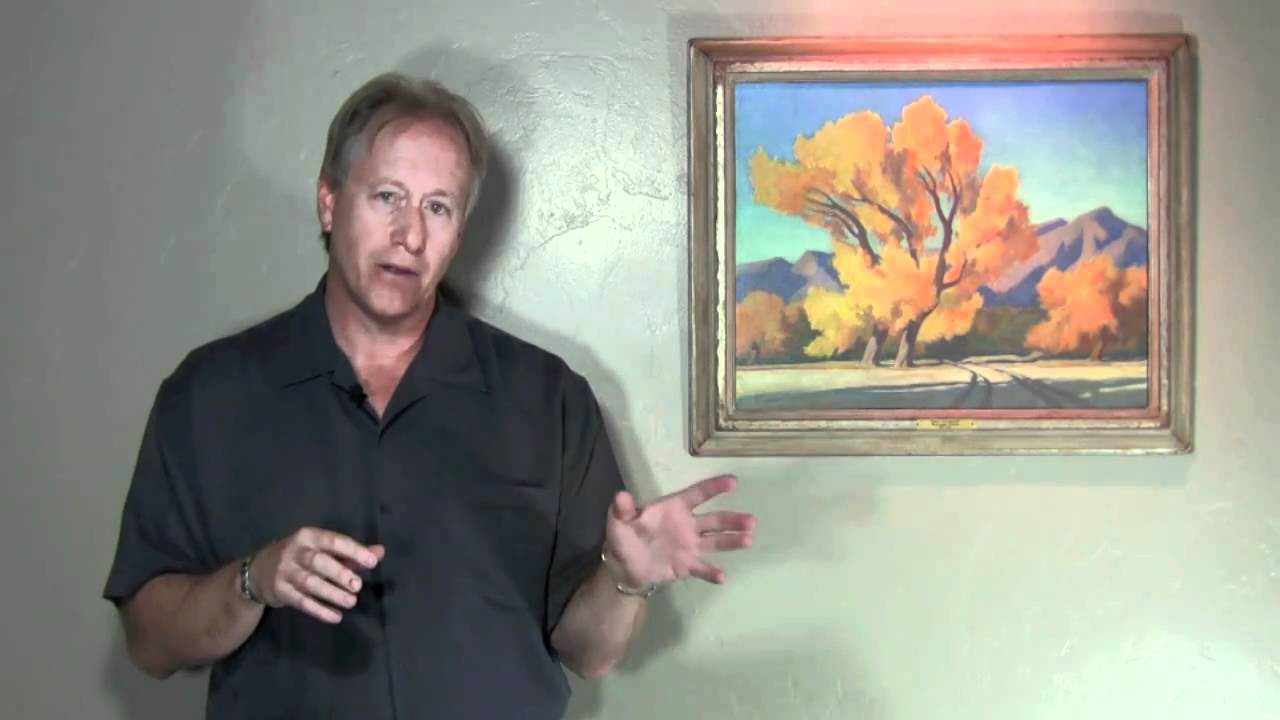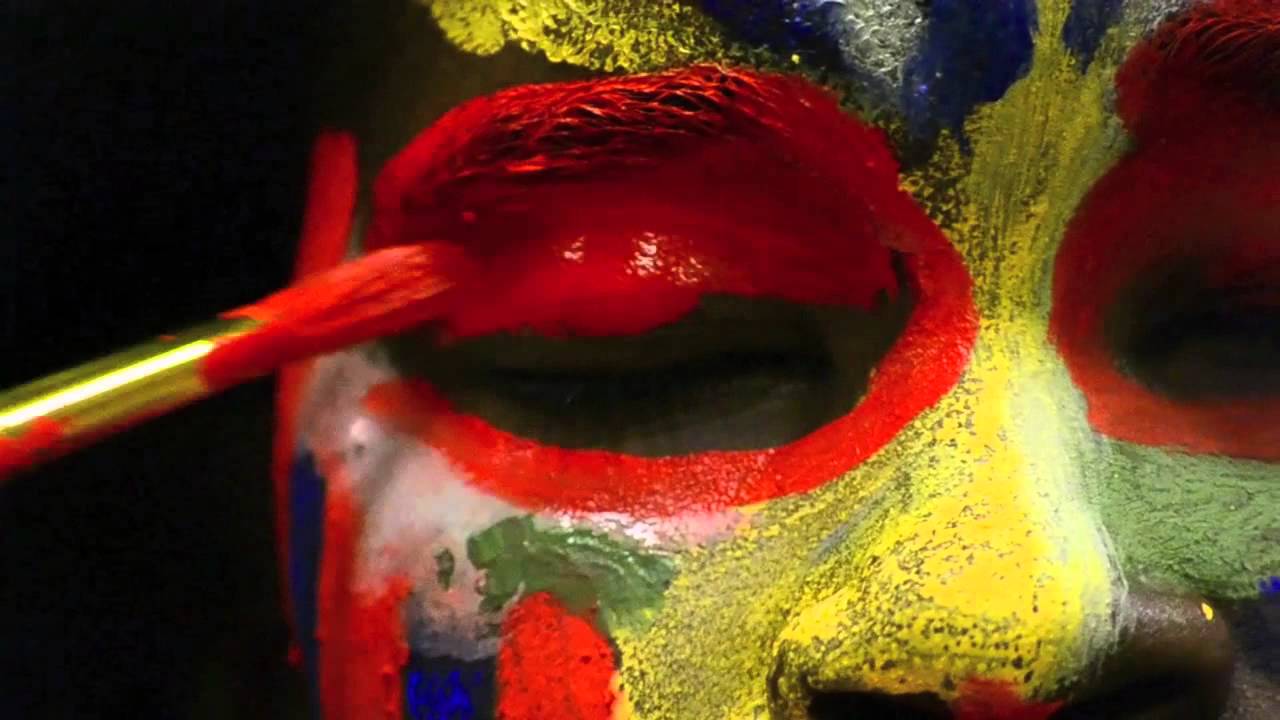There are certain elements to any painting that makes it work, learn the three elements that Dr. Mark Sublette looks for in every painting before he buys. The tricks of the trade are shared through this highly informative video, great for beginners to serious collectors.
Website: https://www.medicinemangallery.com
Facebook: https://www.facebook.com/medicinemangallery
Instagram: https://www.instagram.com/medicinemangallery
Podcast: https://itunes.apple.com/us/podcast/art-dealer-diaries/id1384036101?mt=2
Tips on what makes a great painting, by an art dealer with twenty five years experience
Today I want to talk about tips on what makes a great painting. Paintings come in a variety of types, design, and quality – some are great, some are terrible, and if you can’t figure out what makes a great one from a terrible one, you’ve got to watch this video. You probably have all heard, “Oh, that guy has a great eye.” And what that means is that person that they’re saying has a great eye understands the works of art and what makes something good or not. And pretty much having a great eye (means) you can learn a lot of the aspects by just seeing a ton of stuff and going to good galleries and museums, and seeing what’s on the walls. Generally, they got there for a reason because the person who is making the decisions hopefully does have a good eye. This is what my eye tells me to look for when I’m looking at pieces of art, whether to buy, or in artists, to take in as a potential person for my stable. But, one is composition. The painting here to your right is a Maynard Dixon. Maynard Dixon had great composition, (it was) one of his strongest points. If you look at the piece, you can see that the tree is done just perfectly in the setting that you like, and see how the road kind of meanders into the distance. Everything about this works: with the tree and the way the mountains are on the back, and especially that road. This is very key to looking at a good painting. If the tree had been moved in a different position where it’s jetted, it just doesn’t flow. You have to feel a flow in a composition, and that’s kind of what you look for. Two, is symmetry. Symmetry really, for me, refers to: did they get it right size-wise? Is the tree big enough in comparison to where it should be in the mountain? Is the road the right size, or is it off? And one of the things I look for: are the hands too big on a person or is the person’s head out of proportion? Or, is the boat wrong compared to the water? Is the shadow incorrect? You know they have to get symmetry; they have to get this dimensionality on their pieces, especially if they’re realism. It’s a little different in modern art, and I’ll talk about that in another lecture, but it’s very important that you look for symmetry. There’s been many – a very important show that I’ve gone to that we,
as dealers, or artists will come around, and we’ll look at paintings and go, “Oh my gosh, they’re giant people that are walking there,” because they just got the proportionality completely off to what they were doing against the landscape. So, it’s very important. Make sure you look at that before you ever buy a painting. Three is color palette. Now: is it a pleasing color palette, or is it something that really just doesn’t work for you? Part of this is personal and that’s fine. Some people like bright colors (and) some people don’t. These kinds of things are a little bit more on the subjective than objective (side), but what I like to look for: is it a pleasing mix? And more importantly, for me, does the artist have the same palette that I can always recognize? Because if I’m looking to buy a specific artist, let’s say, Maynard Dixon, I want to know exactly what his color palette is. And I can tell on Dixon’s, who I specialize in, from what time frame that painting is strictly by his color palette, because it changed over time – it went from a very bright to a little less bright to a flat. And that’s okay, and artists do that, but I know that he was just in his transformation of how he saw his color in his color palette, and that’s a very key thing. The final thing has to do with (and this is very interesting, and it may take you a little time to appreciate it) but actually brushstrokes. I can tell an incredible amount about artists by how they do their brush strokes. A very confident artist will leave just a single brush stroke each time. When they put their brush on that palette, mix the color, and put it on the canvas, they know where it’s going, and I can tell that they knew where it was going. It’s very distinctive where it’s going…
MedicineManGallery
Source



